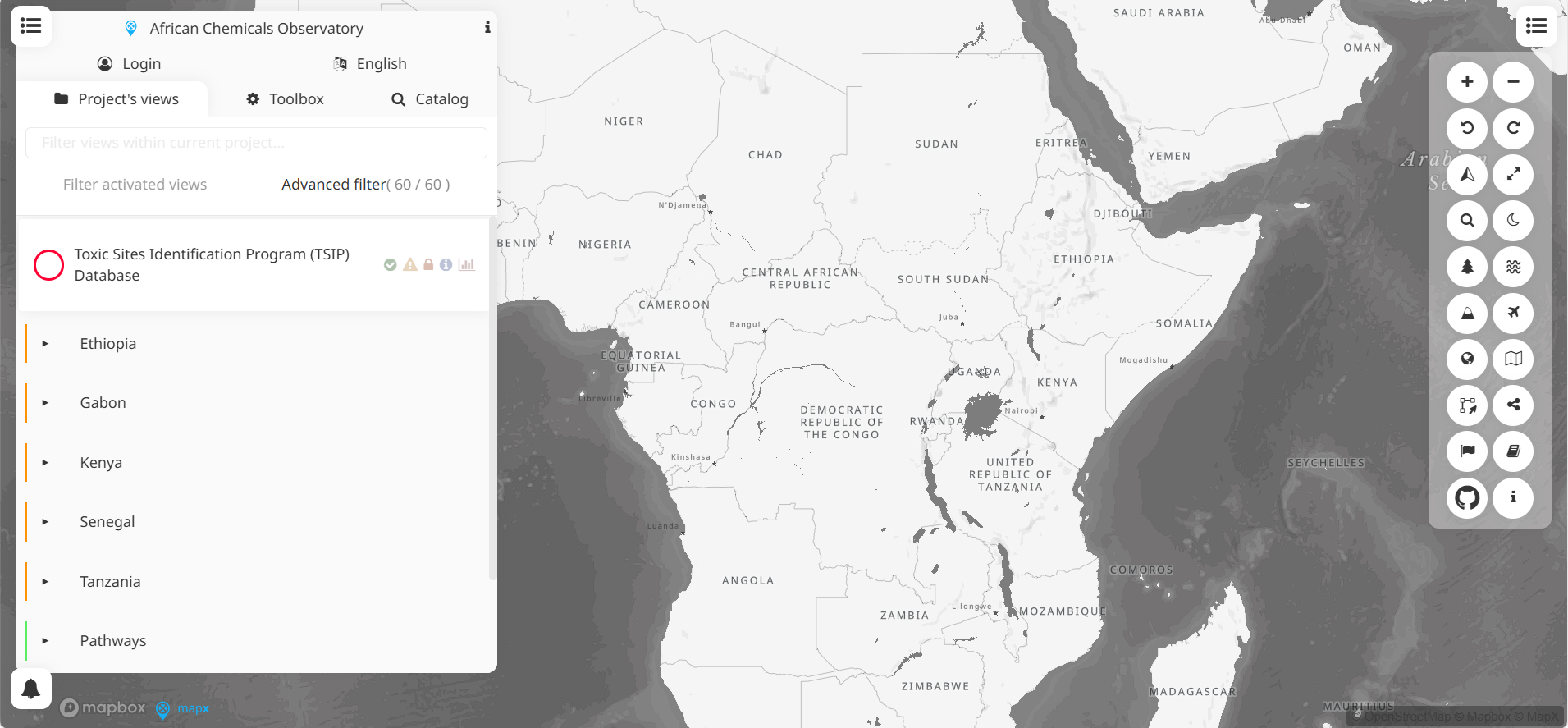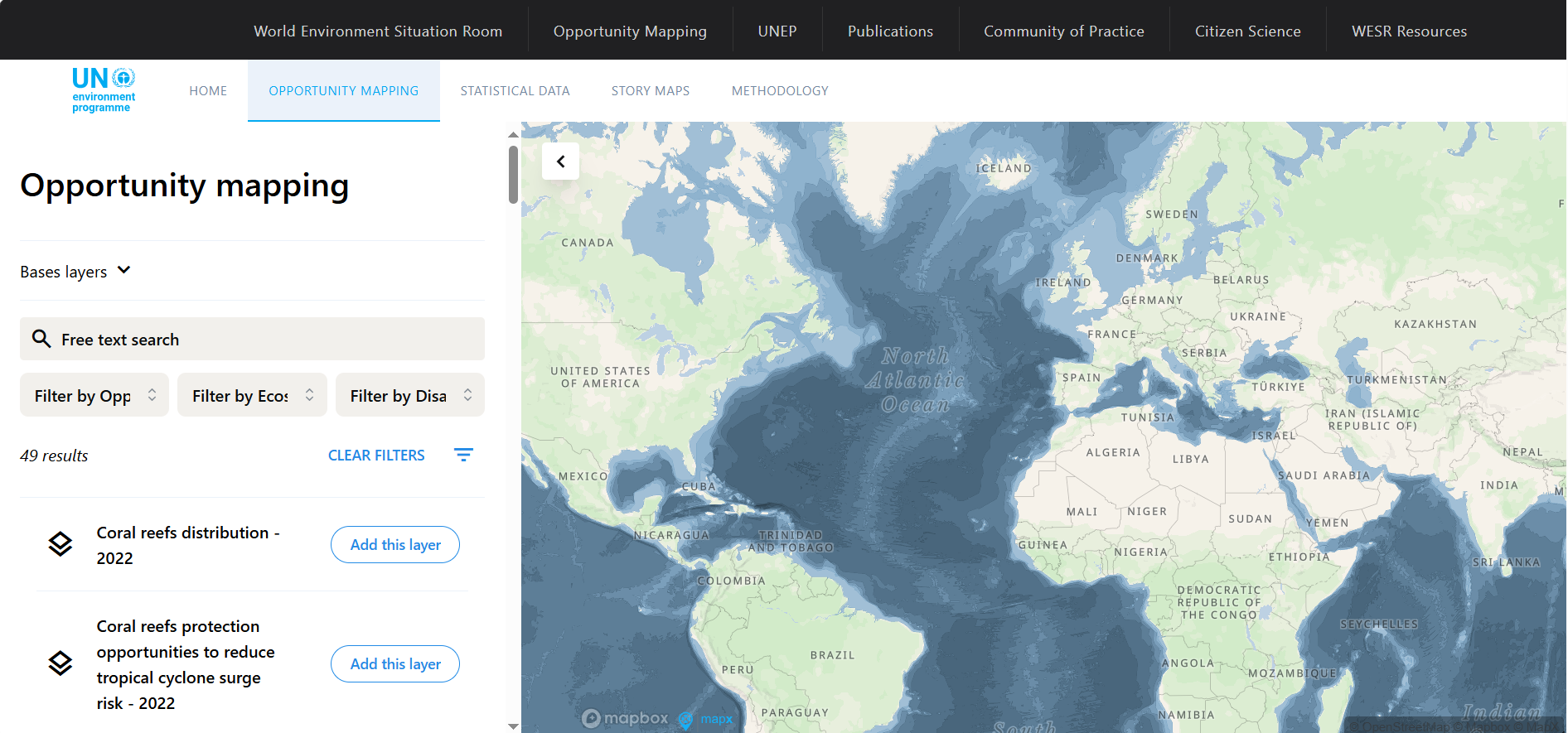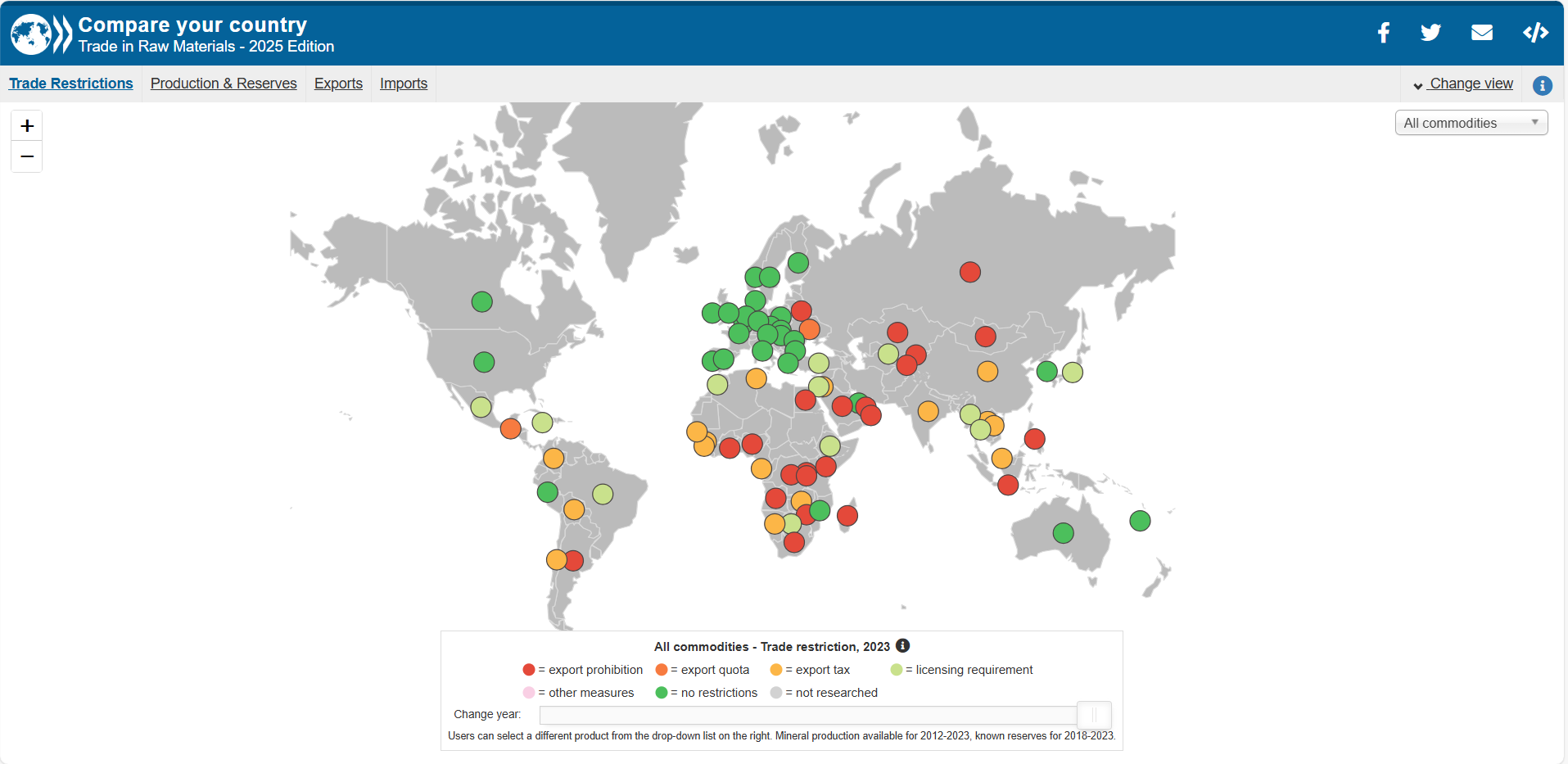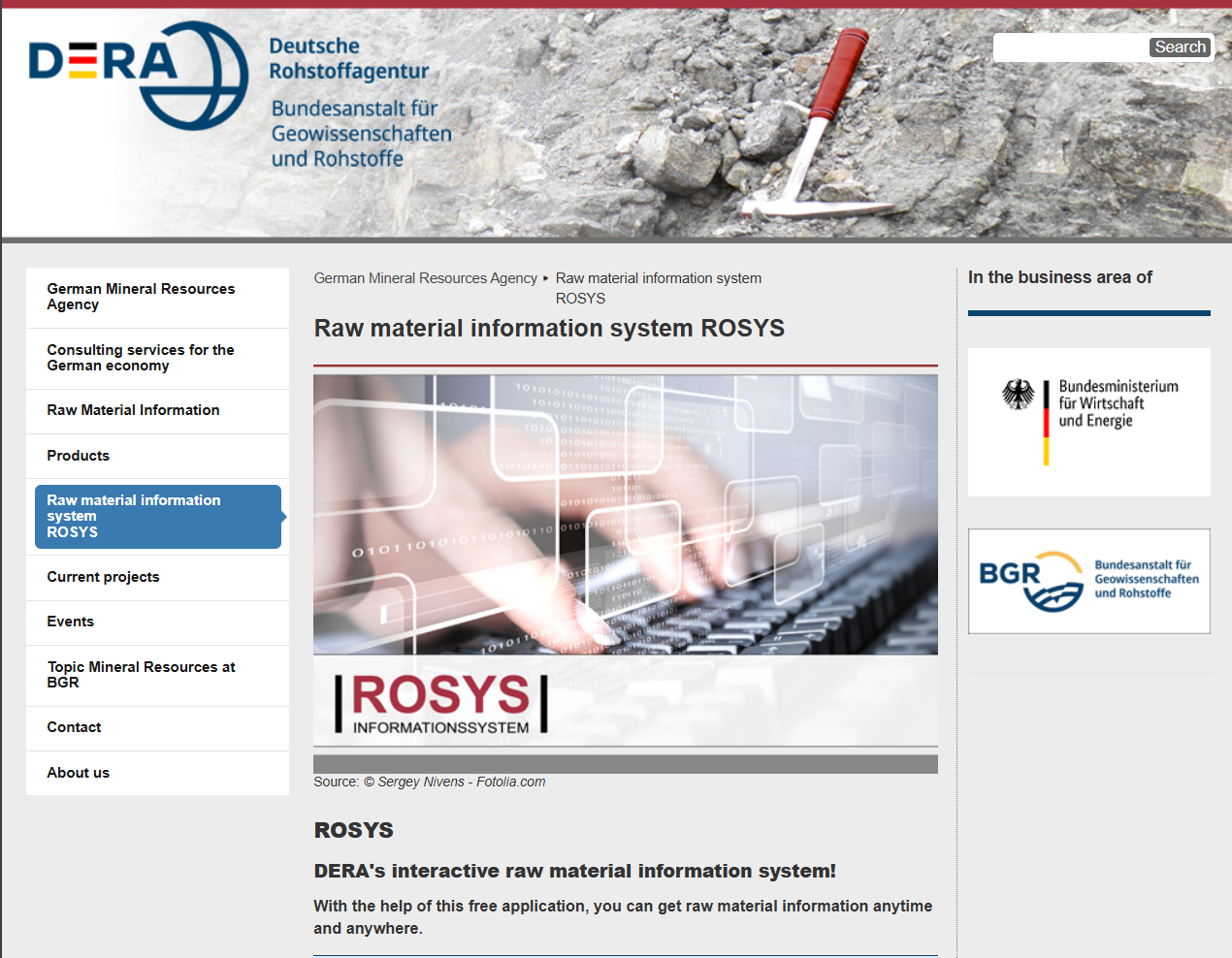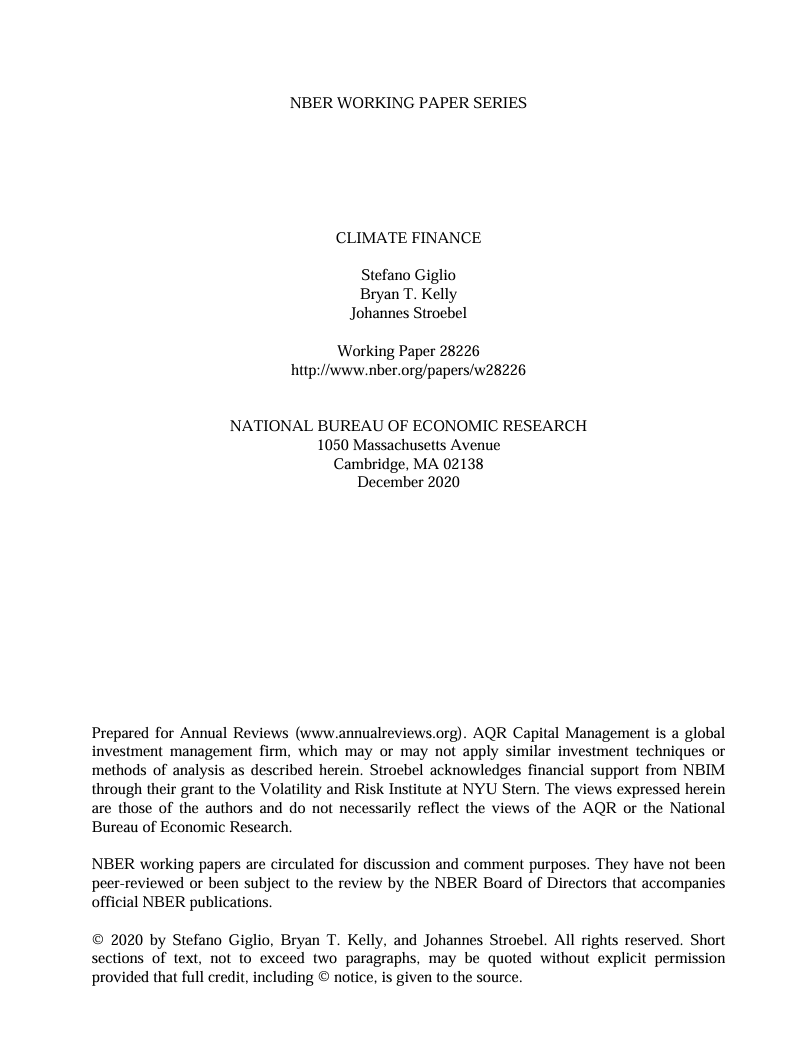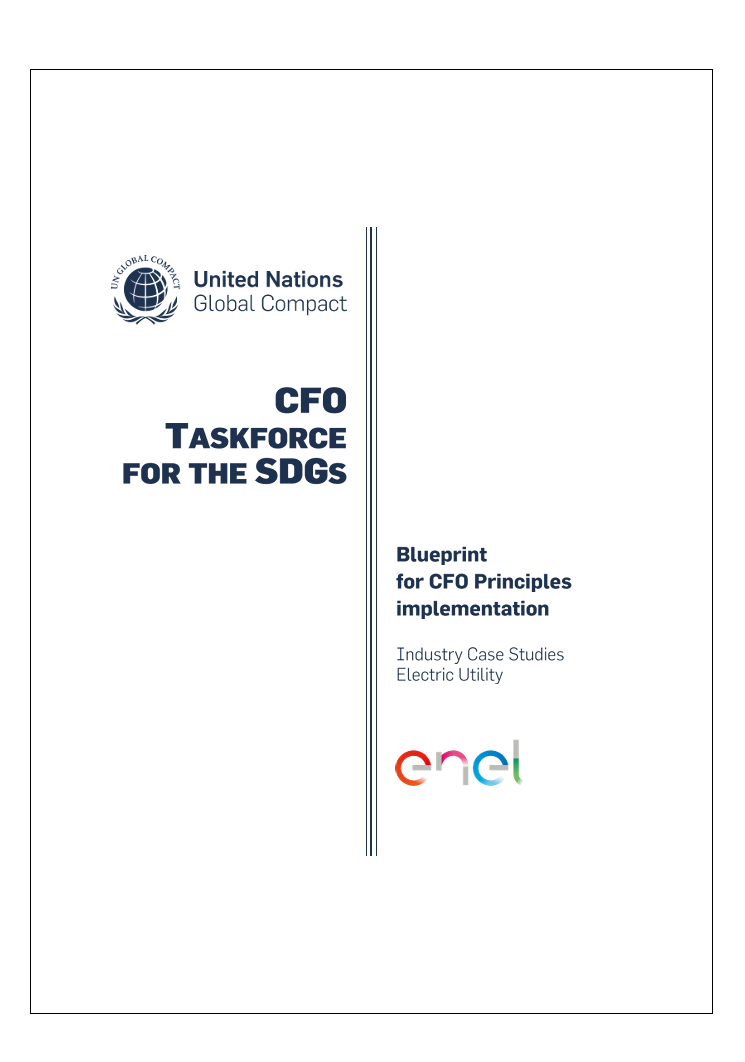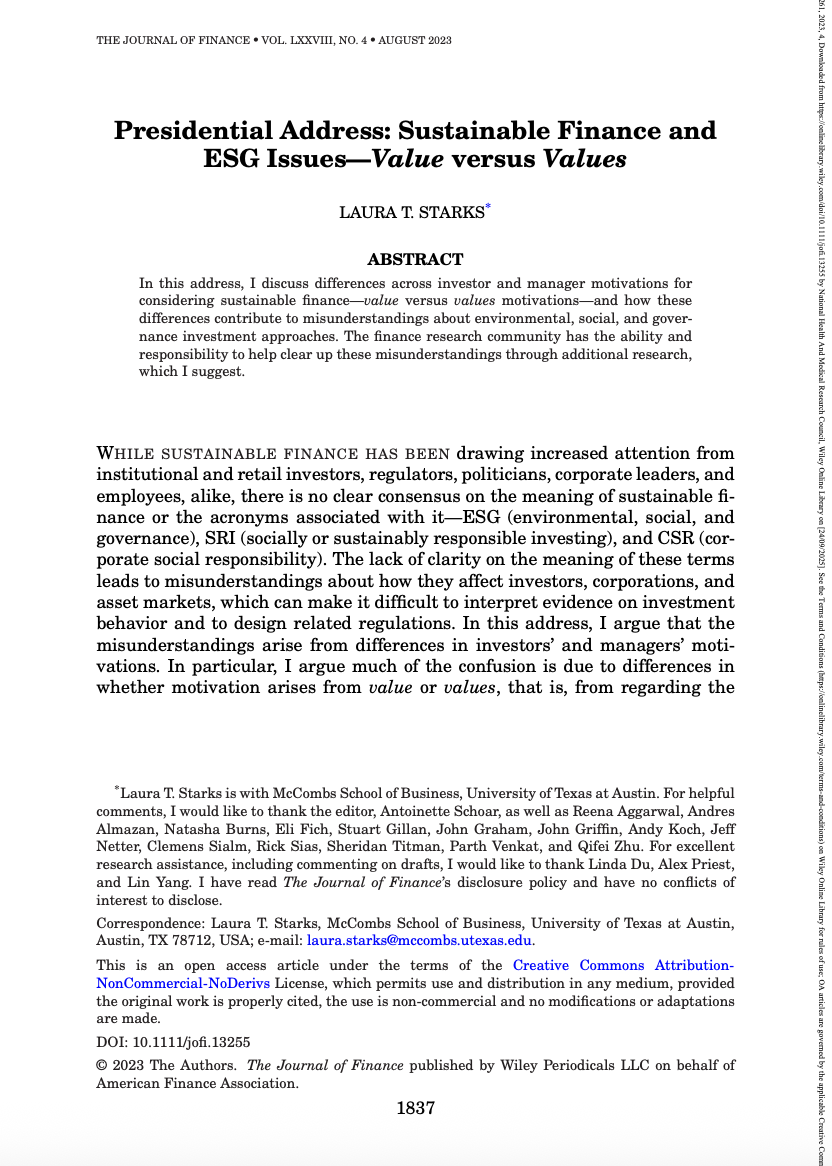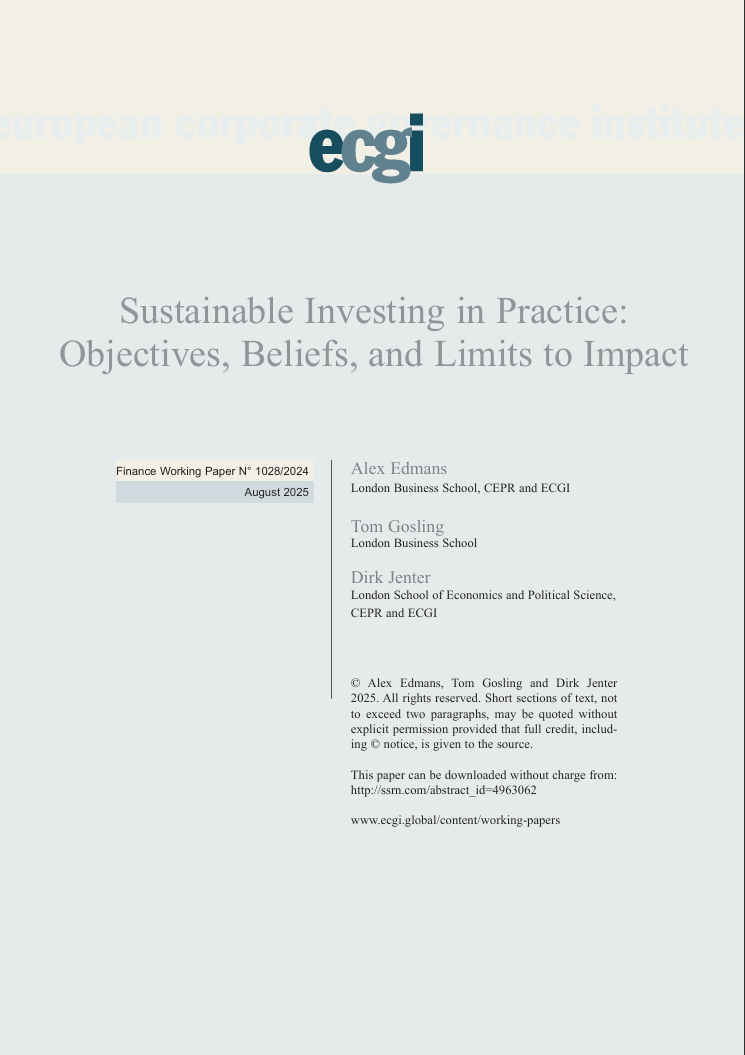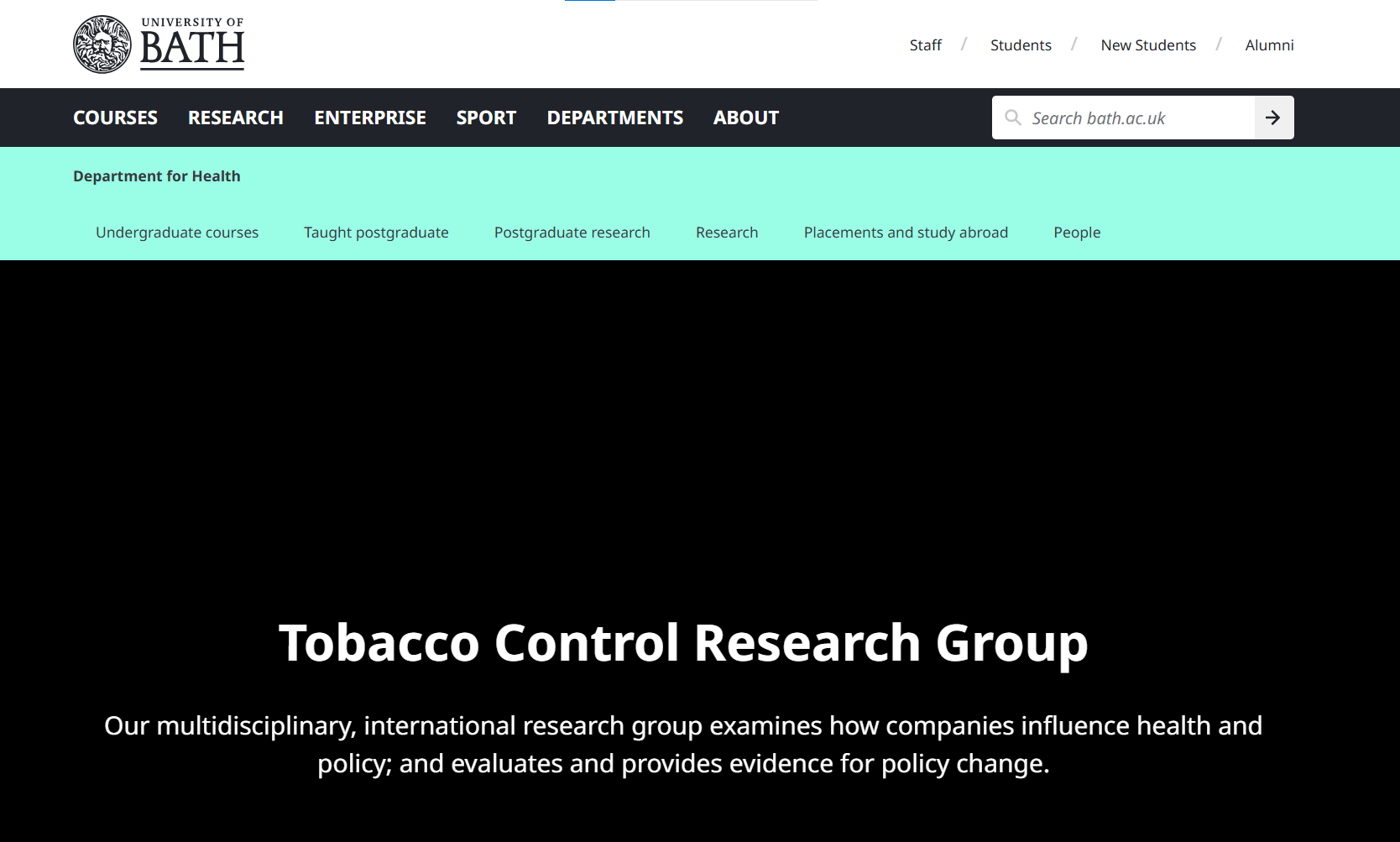Library | ESG issues
Environmental
The environmental pillar in ESG (environmental, social, and governance) assesses an organisation’s impact on the planet. It includes issues such as climate change, biodiversity, waste management and water management. Strong environmental practices help businesses reduce risks, comply with regulations, and drive long-term sustainability.
Refine
1219 results
REFINE
SHOW: 16


WorldCover
WorldCover offers free, high-resolution global land cover maps at 10 m resolution for 2020 and 2021, via Sentinel-1 and Sentinel-2 data, under Creative Commons license. It supports environmental monitoring, climate research, land-use planning and biodiversity analysis.
Deutsche Rohstoffagentur (DERA)
German Mineral Resources Agency (DERA) is Germany’s national information and consultancy platform on mineral raw materials, hosted within the Federal Institute for Geosciences and Natural Resources (BGR).
DERA analyses global commodity markets, assesses supply-chain risks, and advises industry and government on raw material strategy and sustainable sourcing.
DERA analyses global commodity markets, assesses supply-chain risks, and advises industry and government on raw material strategy and sustainable sourcing.
African chemical observatory
MapX is an open-source, cloud-based geospatial platform for visualising, analysing and managing environmental data. Developed by UNEP/GRID-Geneva, it supports decision-making in biodiversity, climate, land use and disaster risk, through map views, dashboards and storytelling tools.
Opportunity mapping
The Opportunity Mapping tool by UNEP/GRID overlays global data on ecosystem distribution and human exposure to hazards, pinpointing areas where ecosystem protection or restoration may reduce disaster risk and protect the greatest number of people.
Interactive country fiches
The Interactive Country Fiches tool offers interactive, updatable environmental profiles for countries, covering eight environmental pillars. It centralises national policies, performance indicators and over 100 up-to-date datasets into a single access point.
Compare your country: Trade in raw materials
This tool provides interactive visualisations and tabular data of country-level trade flows in raw materials (imports, exports, trends). It enables comparisons across years, commodities and nations, and cites metadata and definitions.
Rohstoffinformationssystem (ROSYS)
ROSYS is a free, interactive raw-materials information system from the German Mineral Resources Agency (DERA). It offers data on around 80 mineral and energy commodities, supported by maps and charts, enabling users to monitor global and German production, consumption, reserves, trade partners and market trends.
Federal Institute for Geosciences and Natural Resources (BGR)
Federal Institute for Geosciences and Natural Resources (BGR) is Germany’s national geological survey, advising the federal government on geoscience and raw materials. It undertakes research in earth sciences, resource management, geodata systems and sustainability. Located in Hannover, BGR coordinates national geoscientific data infrastructure and policy.
Federal Ministry of Economic Affairs and Climate Action (BMWK)
Federal Ministry for Economic Affairs and Climate Action (BMWK) is a German government body responsible for economic policy, industrial strategy, energy transition, digitalisation, and climate action. It develops regulations, promotes innovation, supports businesses, and coordinates international cooperation to strengthen Germany’s economic growth while advancing sustainability and climate neutrality goals.
Climate finance
This report reviews research on climate finance, focusing on how climate risks affect financial markets. It discusses theoretical models and empirical evidence on pricing climate risk in equities, bonds, housing, and mortgages, and explores portfolio strategies for hedging. Future research directions in modelling, measurement, and financial stability are highlighted.
National Bureau of Economic Research (NBER)
National Bureau of Economic Research (NBER) is a US-based nonpartisan economic research organisation producing working papers, conferences, datasets and publications on macroeconomics, labour markets, health economics and public policy. It supports scholars and policymakers with in-depth empirical research.
Enel: Industry case studies: Electric utility
This report presents Enel’s case study on implementing CFO Principles for the SDGs. It outlines historical drivers, sustainability disruption, strategic responses, and SDG investments, highlighting decarbonisation, electrification, and financial performance assessment. The report details Enel’s renewable energy expansion, SDG alignment, and integration of sustainability outcomes with financial results.
Presidential address: Sustainable finance and ESG issues: Value versus values
This report examines how investor and manager motivations—driven by either financial value or personal values—shape sustainable finance and ESG practices. It highlights definitional ambiguities, performance debates, and cultural differences, calling for clearer research to distinguish pecuniary risk-return considerations from non-pecuniary preferences in ESG investing.
Sustainable investing in practice: Objectives, beliefs, and limits to impact
This paper surveys 509 equity portfolio managers on their treatment of environmental and social factors. Findings show most prioritise financial returns, with limited willingness to sacrifice performance. ES constraints from mandates, policies, and client values strongly influence decisions. Beliefs and constraints outweigh fund labels in shaping sustainable investing practices.
Tobacco tactics
Tobacco Tactics is a knowledge-exchange platform from the University of Bath’s Tobacco Control Research Group. It compiles rigorous academic research and monitoring on the global tobacco industry—its products, influences, themes and companies—in an accessible format.
Tobacco Control Research Group (TCRG)
Tobacco Control Research Group (TCRG) at the University of Bath conducts international, multidisciplinary research into the tobacco industry’s influence on health and policy. TCRG generates evidence to support effective tobacco control, informs public health policy, and provides training on industry monitoring and accountability to advance global health outcomes.


